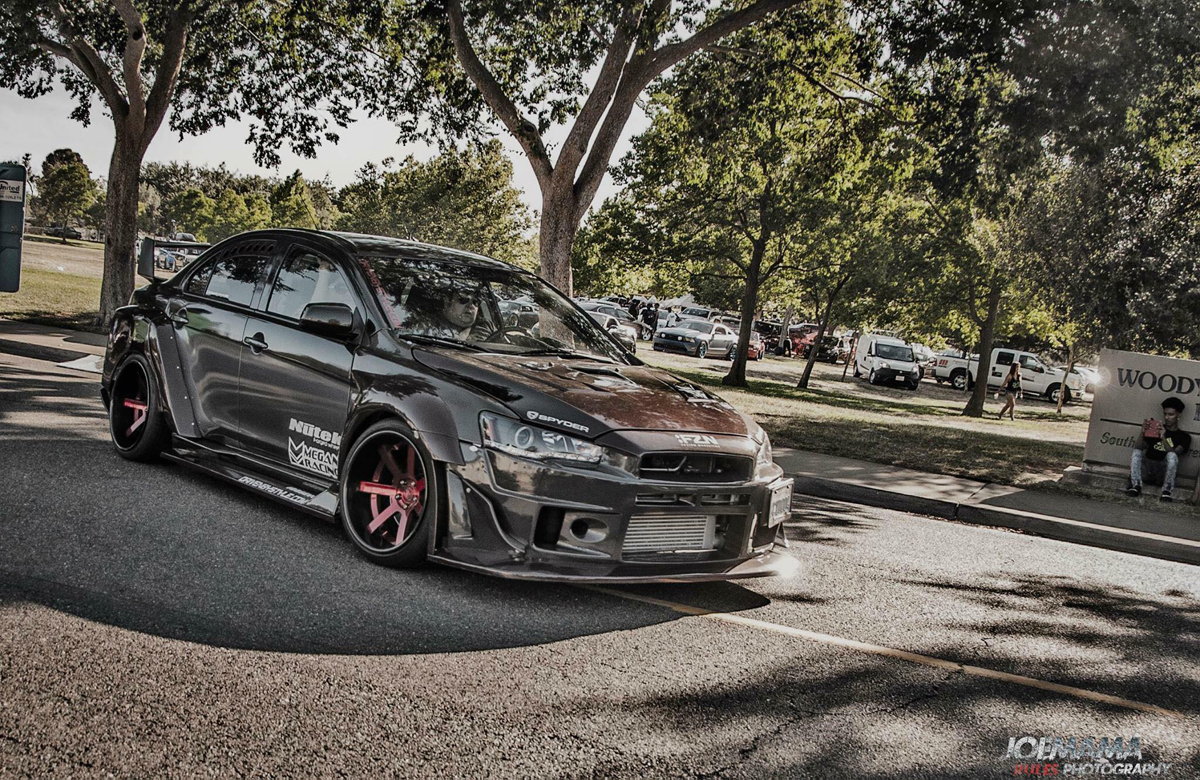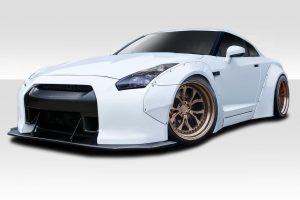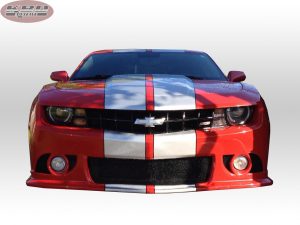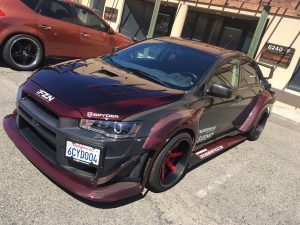Body Kits and Aerodynamics Buyers Guide By Driven By Style LLC
Are you shopping for a new body kit for your car, truck or SUV? You came to the right place. Driven By Style has been a leading retailer of body kits for over ten years now. Additionally members of the team here are composites professionals and work with manufacturing and installing body kits for our local customers in Sacramento California. Secondly it is our goal to educate our customers on body kits and what to expect when it comes time to bring your vehicle to a body shop for installation. Finally we want our customers to know the staff here is standing by to assist you either through our live chat service or you can call us at 916-476-3925. In other words it is our goal to be your one stop destination any time you are looking to purchase a body kit or vehicle aerodynamics products.
- Body Kits Basic Installers Guide
- How to install body kits: Advanced Aerodynamics Installers Guide
- Body Kits Basic Paint Preparation Guide
Driven By Style LLC Expert Staff
If you have any questions please feel free to ask. We have on staff experts that install these types of products as well as manufacture our own line of in house carbon fiber and fiberglass parts at Driven By Style. Please follow our composites team on Instagram.
What are the primary differences between body kit materials?
How does a body kit install?
The most common question we get here at Driven By Style is how does my body kit install. Most body kits that are full bumper replacements will install using the oem hardware from the stock bumpers. The first step in installation is to do a dry fit mock up where the new bumper is placed on the vehicle and pushed into place to gauge the fitment. Once the fitment is achieved to be acceptable then you need to mark the mounting holes and drill the parts.
A tip for drilling fiberglass parts is to place masking tape over the area you wish to drill. This will protect the finish from splintering as the drill bit makes it's way through the piece. Secondly you want to drill in reverse. This will prevent the drill bit from catching and causing the hole to splinter.
Next you need to check all the panel gaps and ensure the piece is aligned properly. Blemishes and flaws should be circled with a marker so that they can be corrected once the part is removed for paint. If he body kit is made of polyurethane it is going to be heavier than the stock bumper in most cases. Due to the weight it is usually going to require that custom brackets are added to help support the bumper properly. Your body shop will be capable of fabricating the necessary support brackets for you.
What kind of body shop should I take my body kit to?
We suggest that our customers avoid collision repair shops and seek out shops that do customization. Collision shops work on very tight time frames accustomed to working with OEM components. As a result they have a set labor rate for what each job requires in time and material. When it comes to a custom body kit there is no book to go by that will tell them that the job will require a certain amount of time and materials. Therefore custom shops that work with body kits and custom paint on a regular basis are better experienced for these kinds of jobs.
What is required to prep my body kit for paint?
Some customers purchase a body kit and think it can simply be dropped off at the paint shop ready to paint. This is not the case on 99% of body kits.
For instance FRP body kits need the most prep work and detailing prior to being ready for paint. When you start to prep a fiberglass based body kit you must sand every square inch of the finish. This will expose any high and low spots as well as chips and spider cracks that may be in the finish. All parts will need light body work after sanding. Body filler is used to smooth out the defects which makes the surface perfect for paint. The more time spent on prep the better the finish will be.
Painting polyurethane parts are less labor intensive compared to fiberglass. For example polyurethane parts often just need the seam lines sanded and cleaned up and then can be put into primer. The one specific difference with polyurethane is it requires adhesion promoter to get a good bond when they are painted. The paint shop will need to just scuff the finish with a scotch pad to create surface scratches for the adhesion promoter and primer to stick to. Additionally the paint will need to have flex agent added so that the paint will be as flexible as the part is.
Carbon fiber parts do not need to be painted. These body kits have a cosmetic finish already that is glossy and shows off the exposed carbon fiber. Carbon fiber body kits benefit from being treated with automotive clear coat. This adds a deeper finish and prevents the finish and the carbon fiber from fading from UV exposure.

Driven By Style LLC 10 Year Anniversary
Automotive experts not just a call center!
Call us at 888-669-1154
Chat with us live
Body Kit Installers Guide
Paint Preparation Guide





